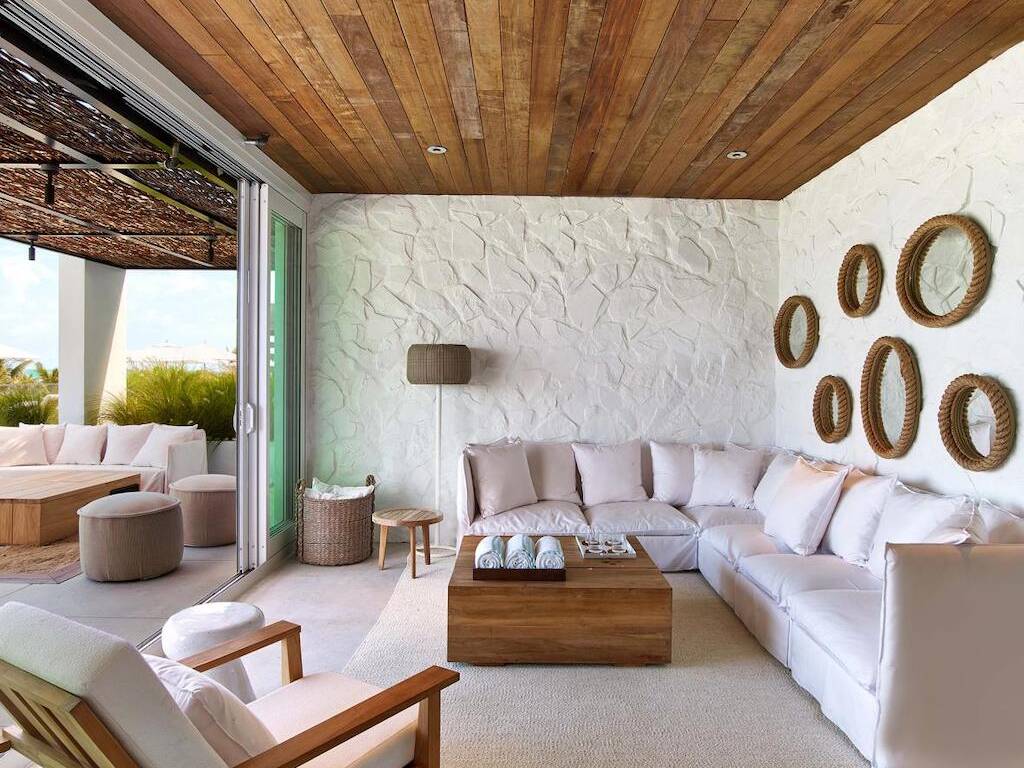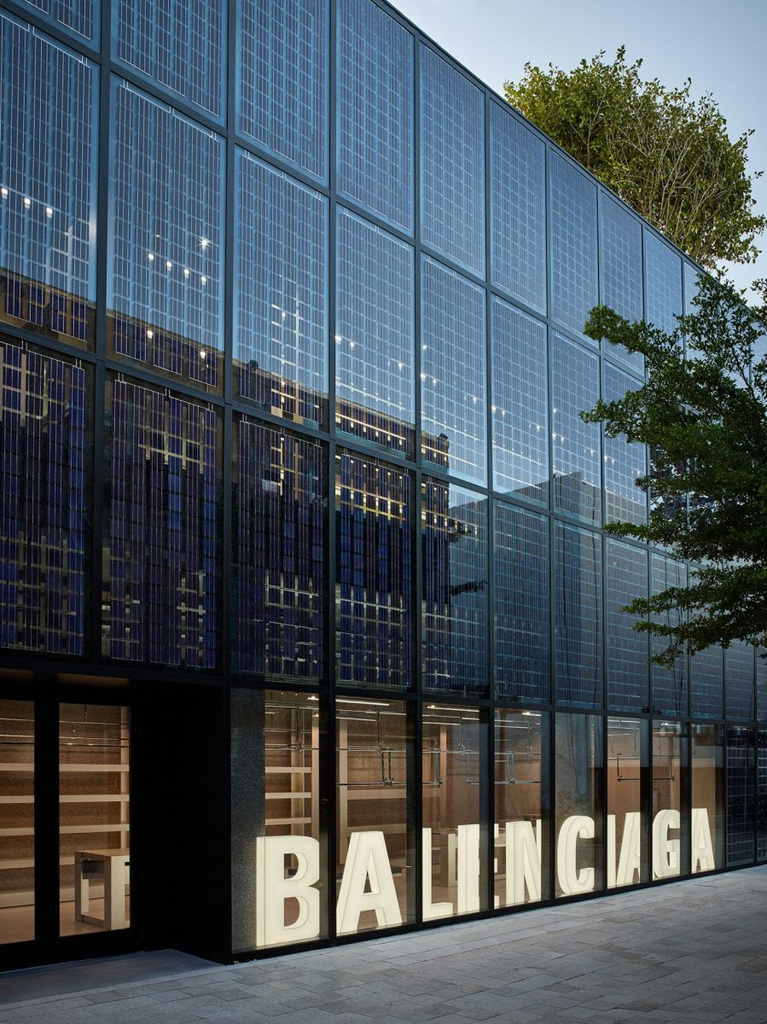Buildings and construction contribute to 39% of all carbon emissions in the world. That’s because buildings emit carbon on multiple levels — during construction, the materials used, how we use the building, and their location. We can reduce our carbon footprint if we continue to be innovative with sustainable architecture.
Sustainable architecture or green building is built on three pillars — people, planet, and profit. It understands that each pillar intertwines and thrives because of the others. That’s why architects consider everything from energy management, stormwater management, the direction and placement of a building, the decor, paint, landscape designs, and much more.
Jesse Rittenhouse, a Sustainable Building Consultant for Spinnaker Group, shares the importance of sustainable architecture. Jesse has worked on green building projects, including those for Versace, Balenciaga, and Moxy. His company has worked on major sustainability projects in South Florida and around the world. From 1 Hotel South Beach to the Kuwait International Airport. And from the Miami Design District to the University of Miami’s Frost School of Music.

“We reduce buildings’ environmental impacts and help mitigate climate change by utilizing a sustainable design process.”
Jesse explains, “A major way to reduce environmental impacts that contribute to climate change is to consider a building’s total energy demand and consumption. A green building team can find ways to optimize and reduce energy demands by analyzing the project’s size, energy needs, and renewable energy production. Doing so will reduce the greenhouse gasses that cause climate change and, bonus, provide savings on the energy bill.”
Jesse Rittenhouse. Photo credit: A. Enningham / @Drainflix
“To mitigate the effects of climate change and its impact, we have to think about what could be coming next.”
Jesse explains, “From hurricanes to sea level rise in places like Florida, we must be prepared. The building designs here and places alike are built to withstand the effects of tropical storms and hurricanes. Since much of South Florida is or close to sea level, we also have to plan for flooding. We do this by raising streets, building entrances, mechanical equipment locations.”
He adds, “There are many more methods to keep us prepared; some even use nature. For instance, planting mangroves can block wind and tidal surge impacts. Creating retention ponds can redirect stormwater and mitigate flooding.”

“By lessening buildings’ dirty energy demands, we are protecting the health and wellbeing of all.”
Jesse emphasizes, “Sustainable architecture considers buildings’ indoor air quality, the toxicity of the materials going into a project, and much more. Green design and construction make sure building occupants have clean oxygen indoors, as most sustainable building certifications require this. It also considers if building materials have little to no volatile organic compounds off-gassing into the building spaces. Other projects may consider natural lighting, thermal controls, and views that help boost occupants’ moods and improve their mental wellbeing.”
“LEED, Living Building Challenge, Florida Green Building Coalition (FGBC), ENERGY STAR, and EcoDistricts are a few sustainability certifications with greener building guidelines.”
Jesse shares, “Each certification’s rating system has a significance of its own. LEED is the most widely accepted and has the most options for certification. Living Building Challenge is the most regenerative to the environment. WELL focuses on the health and wellbeing of the occupants of a building. In comparison, FGBC focuses on building in Florida’s specific climate and environment.”
He adds, “Community members can support the development of sustainable architecture by being vocal about it, voting with their dollar, and only investing in green buildings. Another way is to participate in municipal meetings open to the public. Get involved by requesting that local standards align with sustainable rating systems (LEED, FGBC, WELL, etc.).”

@thespinnakergroup
Every space, whether it is retail, hospitality, offices, or homes, has the potential to limit its impact on our planet. Jesse says, “I always like to see if we can incorporate solar panels, rainwater cisterns, and environmentally friendly materials. After taking into consideration the ecology of the land and water requirements, I also suggest adding native landscaping for the occupants to enjoy.”
Sustainable architecture is propelling the building and construction industry to reduce its carbon footprint and impact. Follow us on Instagram @cada_consult to learn more about how other businesses are tackling climate change.

